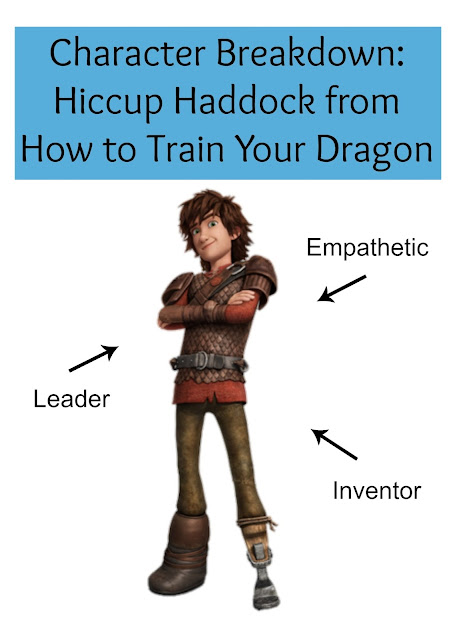Subtext and Dear Evan Hansen
Dear Evan Hansen is one of my favorite musicals. It has such a good message and I relate so much to Evan. I love listening to it, even if every song breaks my heart. It's up there on the list of musicals I want to see some day. But for now, reading the Wikipedia synopsis and listening to the soundtrack will have to suffice.
However, I didn't write this post only so I could ramble on about Dear Evan Hansen for the length of it. I also want to talk about how it's songs use subtext to great advantage and how we can learn to use that in our writing.
What is subtext?
Before we dive fully into a whole post on the topic, we should discuss exactly what subtext is. Subtext is the implicit things in a story. The undertones and themes that are never said out loud, but everyone picks up on anyway. It's not so much what the characters say, it's about what they don't.
Subtext is important in a story because it gives it more depth. You can't have characters going around saying exactly what they feel or think, because humans don't. Have you ever gone back and watched a movie you loved as a kid to realize that there's a lot more meaning in there than you thought? That's subtext doing it's work and you didn't realize it because kids don't pick up on that stuff well.
Subtext in Dear Evan Hansen
Almost every song in this musical is layered with subtext (which is more visible after you've read the synopsis). They talk about things while not actually talking about them. I'm going to go through a few of them and let's take a look at what they're talking about, and what they're really talking about.
For Forever- In this song, Evan is singing about a perfect day he had with Conner. Only, it never happened. Everything he says is a lie. But that's not the point. The point is that this is Evan's fantasy. Having a friend he can talk with and be himself with. Who comes to get him when he falls. And that is so heartbreaking to realize.
Requiem- This is a song where Conner's family is morning his lose. The prominent line is "I will sing no requiem tonight" because they're all pretending they don't miss him. But with every word they say, we can tell they do, and they're hurting by his decision to take his own life. Even Zoe, who says the most that she doesn't miss him.
If I Could Tell Her- Another song where Evan makes up things Conner "said" to make Zoe feel better, all based on his own observations. It doesn't take much to realize that everything he's saying is what he thinks about her. Especially in the middle where he talks about how to say "I love you".
To Break In a Glove- Conner's dad doesn't sing a lot in the musical, but this song shows us how he really feels about the whole situation. He tried so hard with Conner, and in the end it didn't matter. He's not talking about baseball gloves, not really. He's talking about relationships between father and son.
Using Subtext
Adding subtext to your own writing will add a lot of depth and character to your story. But how do you incorporate it? Let me tell you how.
Don't say anything straight out. Whenever two characters are having a conversation, don't let them talk openly and honestly about their feelings. Make them talk around what they really feel and leave it up the the reader to translate it using cues from the character, like tone and expressions and what they're doing.
Metaphors are your friend. Often the best way to have two characters talk about something without talking about it is to have them talk about something else that is a representation of what they're actually talking about. It's complicated, I know, but when done well, people understand. Think of the glove in "To Break In a Glove". It represents Conner, and his dad's advice about the hard but right way is the way he approached parenting him.
Say one thing, mean another. Tone can totally change something that a character says. If someone says "Live long and prosper" but says it in a biting tone, you can tell he actually means "Go die in a ditch" and from that learn what his opinion of the person he said it to without having to say it. Think about that the next time you're writing an argument (one of the best times for subtext).
Let the reader figure it out. People don't need many cues to pick up what's going on in a scene. A few carefully placed details can give the whole thing away. Two people could be having a pleasant conversation, but the second you say one of them is clenching his fist in his pocket, you see everything in a different light. So, say less than you have to and people will get it.
To conclude, if you haven't listened to Dear Evan Hansen,
Do you love Dear Evan Hansen? What do you love about subtext? Have any good tips? Tell me in the comments.
Suggest Posts:
Writing Lessons from Wall•E
5 Reasons to Watch The Crown









Wow, Rachel, this is a great post. I'll admit, I've only heard two or three songs from Dear Evan Hansen, but the titles of the songs alone are enough to choke me up.
ReplyDeleteThank you. You should really listen to it if you have the time. Dear Evan Hansen has such a powerful message about mental health and how we all matter that everyone should hear.
Delete